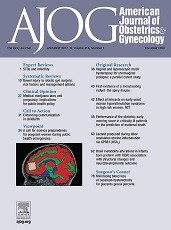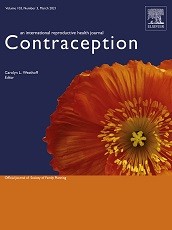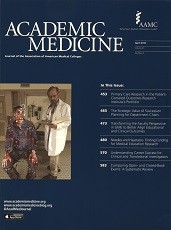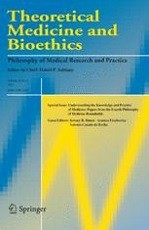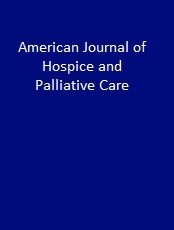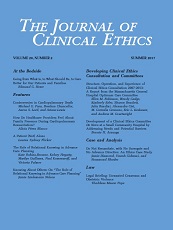Michael P Combs, Ryan M Antiel, Jon C Tilburt, Paul S Mueller, Farr A Curlin

Abstract
Background: Regarding controversial medical services, many have argued that if physicians cannot in good conscience provide a legal medical intervention for which a patient is a candidate, they should refer the requesting patient to an accommodating provider. This study examines what US physicians think a doctor is obligated to do when the doctor thinks it would be immoral to provide a referral.
Method: The authors conducted a cross-sectional survey of a random sample of 2000 US physicians from all specialties. The primary criterion variable was agreement that physicians have a professional obligation to refer patients for all legal medical services for which the patients are candidates, even if the physician believes that such a referral is immoral.
Results: Of 1895 eligible physicians, 1032 (55%) responded. 57% of physicians agreed that doctors must refer patients regardless of whether or not the doctor believes the referral itself is immoral. Holding this opinion was independently associated with being more theologically pluralistic, describing oneself as sociopolitically liberal, and indicating that respect for patient autonomy is the most important bioethical principle in one’s practice (multivariable ORs, 1.6-2.4).
Conclusions: Physicians are divided about a professional obligation to refer when the physician believes that referral itself is immoral. These data suggest there is no uncontroversial way to resolve conflicts posed when patients request interventions that their physicians cannot in good conscience provide..
Combs MP, Antiel RM, Tilburt JC, Mueller PS, Curlin FA. Conscientious refusals to refer: Findings from a national physician survey. J Med Ethics. 2011;37(7):397-401. Available from:
